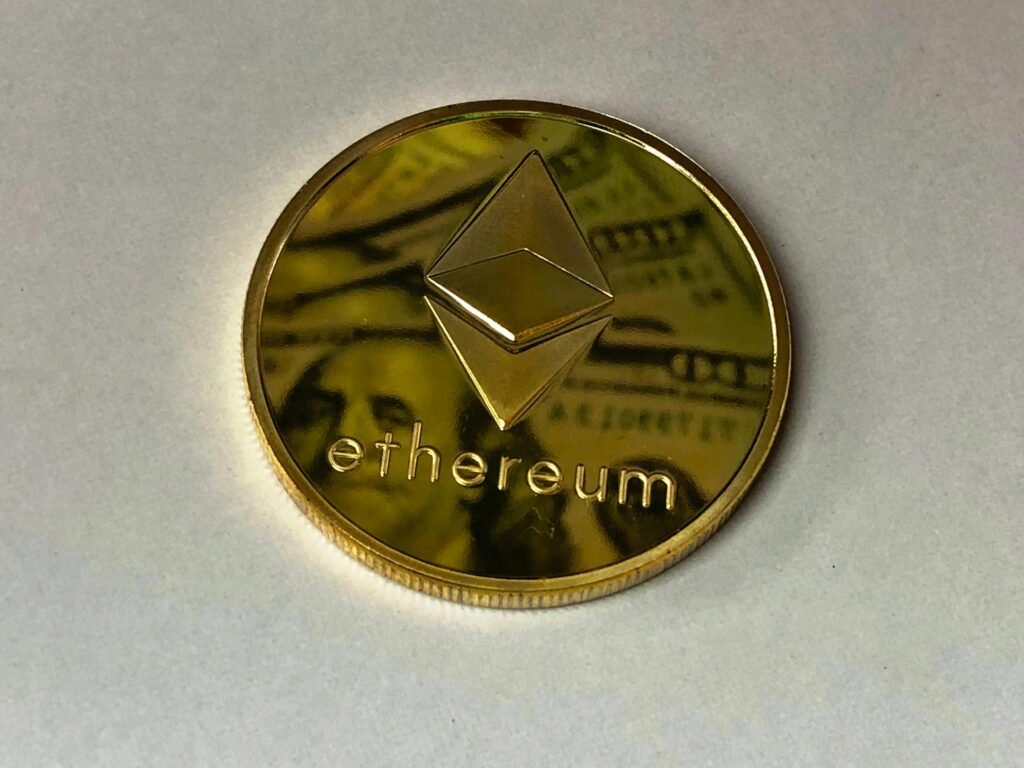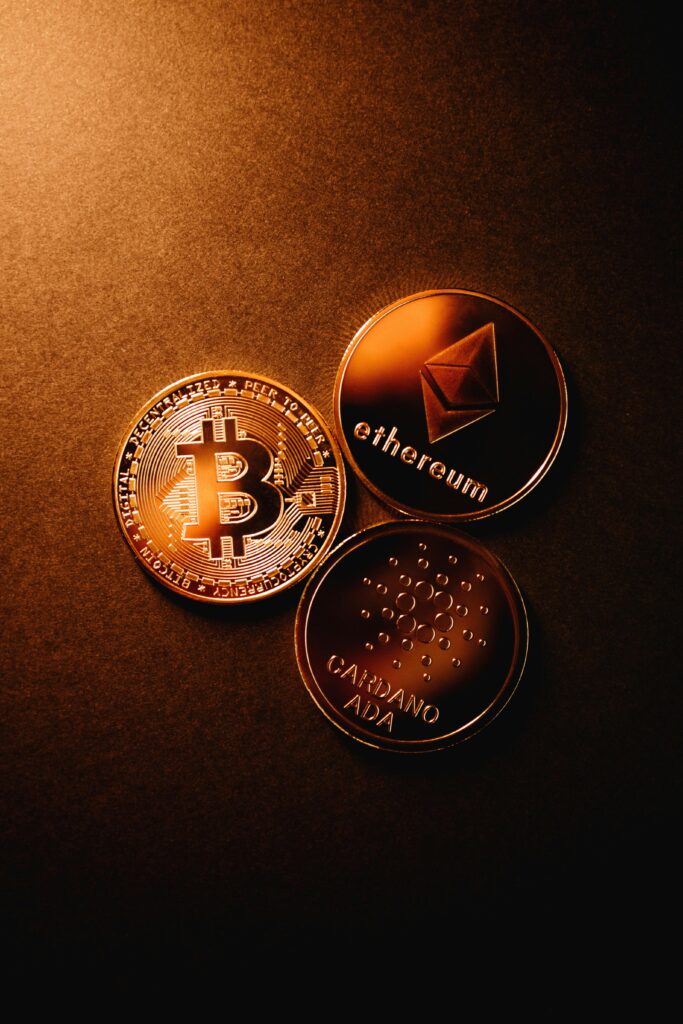Introduction
Ethereum is the world’s second-largest cryptocurrency and the pioneer of smart contracts. Since its launch in 2015, it has powered thousands of decentralized apps (dApps), NFTs, and DeFi projects. But in 2025, with many competitors in the market, is Ethereum still the leader?
1. Ethereum’s Strengths
Smart Contract Pioneer
Ethereum created the foundation for programmable money and decentralized apps.
Mass Adoption
- Thousands of tokens and dApps run on Ethereum.
- Major DeFi platforms like Uniswap, Aave, and MakerDAO use it.
Strong Developer Community
- Ethereum has one of the largest and most active developer bases in crypto.
- Continuous upgrades keep it evolving.

2. Ethereum 2.0 and Proof-of-Stake
In 2022, Ethereum switched from Proof-of-Work to Proof-of-Stake.
- This reduced energy consumption by over 99%.
- Increased scalability and lowered transaction costs.
- By 2025, upgrades like sharding and Layer 2 solutions make Ethereum faster and cheaper.
3. The Competition
Ethereum faces strong rivals:
- Solana (SOL): Extremely fast and low fees.
- Cardano (ADA): Focused on security and academic research.
- Avalanche (AVAX): Scalable and eco-friendly.
- Polkadot (DOT): Interoperability between blockchains.
These challengers attract developers, but none has dethroned Ethereum yet.

4. Challenges for Ethereum
- High Gas Fees (still an issue): Although reduced, busy times still cause spikes.
- Complexity: Using Ethereum can be tricky for beginners.
- Scalability race: Competitors are evolving quickly.
Conclusion
In 2025, Ethereum remains the king of smart contracts, with unmatched adoption and developer support. While competitors like Solana and Cardano are growing, Ethereum’s ecosystem is too powerful to ignore. For now, Ethereum still holds the crown — but the competition is heating up.
Pingback: What is Cryptocurrency? A Beginner’s Guide for 2025 -